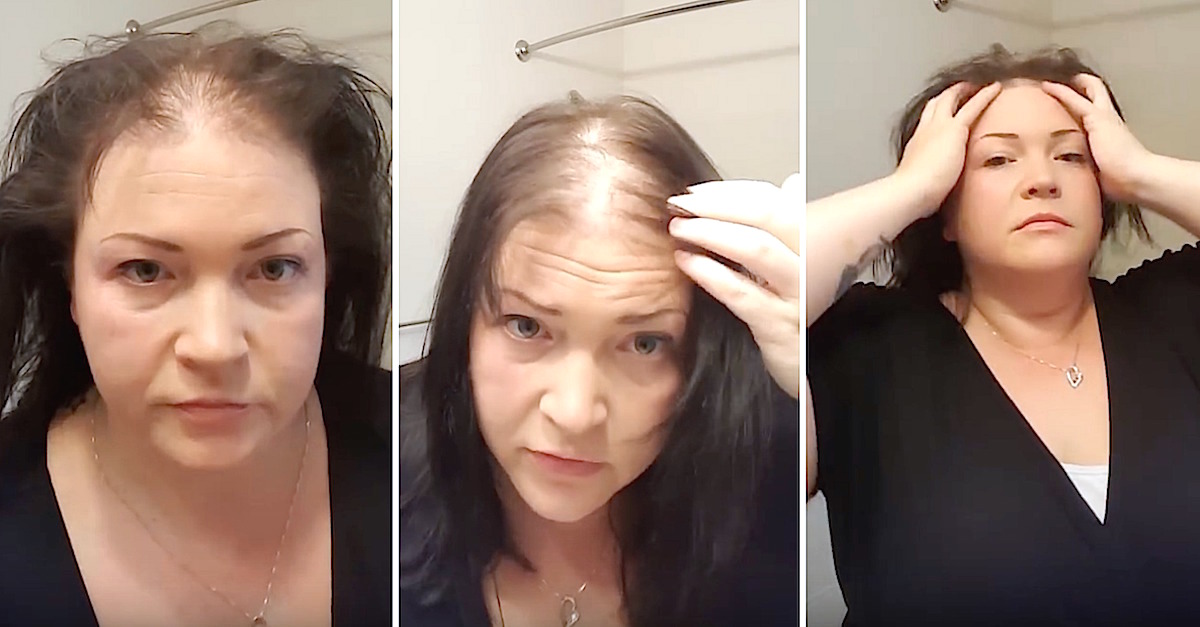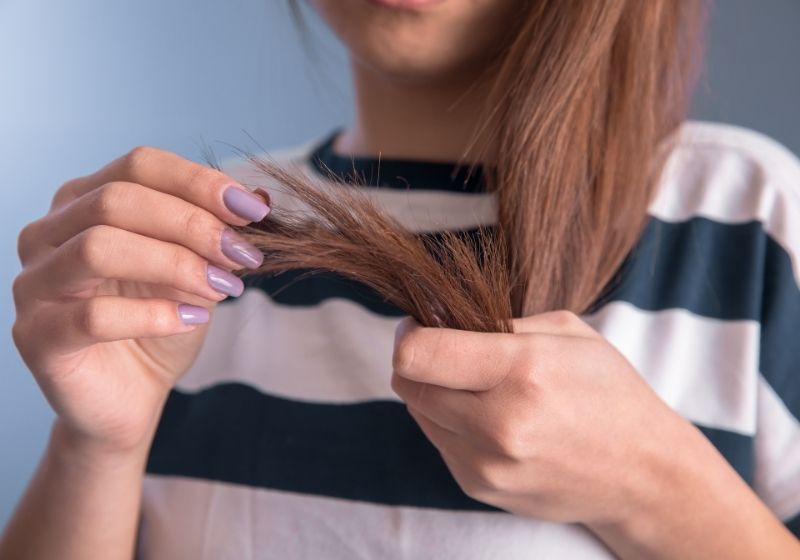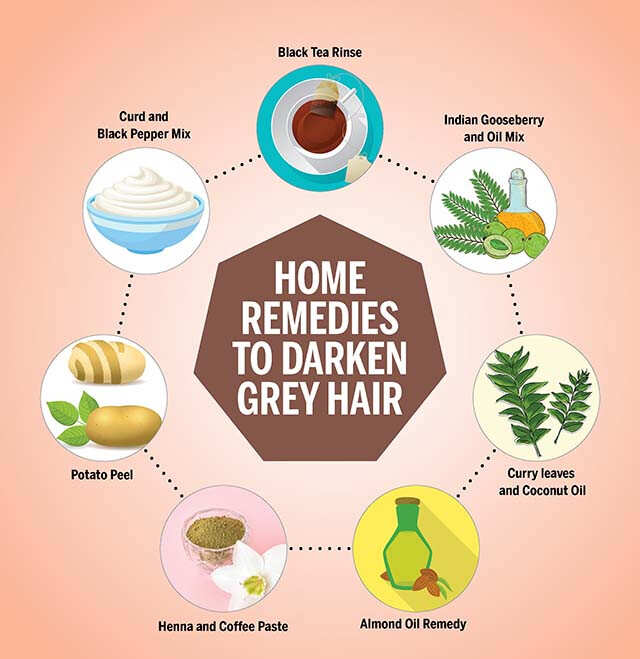Table Of Content

Also, because hair follicles shrink during this time, your hair might be thinner, fall out easier, and grow more slowly. Fortunately, hair loss in women typically does not result in complete baldness, as is often the case with men. Baldness (androgenic alopecia) is the most common type of hair loss. It affects an estimated 80 million individuals in the U.S. Some studies suggest that rosemary oil could improve scalp health by increasing blood flow. However, research into their effectiveness is lacking.
Hair Loss in Women
OTC medications may help reduce hair loss and promote growth. Other types of hair loss may involve treating the underlying cause. Although reducing your stress levels might seem insurmountable, making sure you’re eating the right things will go a long way to setting a good foundation for optimum hair growth.
Female-pattern baldness
Postpartum Hair Loss: Your Guide to Shedding After Pregnancy - Parents
Postpartum Hair Loss: Your Guide to Shedding After Pregnancy.
Posted: Fri, 29 Sep 2023 07:00:00 GMT [source]
For this test, they gently pull on a chunk of your hair to see how many strands come out. Your doctor may use a lighted microscope to look for any hair shaft disorders. By Tracee CornforthTracee Cornforth is a freelance writer who covers menstruation, menstrual disorders, and other women's health issues. A person should always dilute essential oils with a carrier oil, such as jojoba or coconut oil.
The link between vitamin and mineral deficiencies and hair loss
“With scarring hair loss, the goal is not for it to grow back, but to stop the progression,” says Dr. Lenzy. Below, are seven different kinds of alopecia —knowing which one you’re suffering from will help determine the proper treatment. But if your follicles become damaged, the hair loss may be permanent.
What shampoo is best for thinning hair?
Nearly two-thirds of participants experienced some kind of improvement after 1 year. Those who began the trial with more pronounced hair loss saw the most benefit from the medication. Research indicates that this method may serve as a safe and efficient treatment for hair loss. PRP includes extracting a small portion of your blood, processing it in a machine to separate its the plasma, and injecting the plasma portion into the affected scalp area. It is important to know that androgenetic alopecia typically appears differently in women than men.
Hair Loss Trigger: Childbirth
Female pattern baldness is largely genetic, affecting hair along the top of a woman’s head. When it comes to effluvium—rapid hair shedding due to physical or emotional stress—treatments focus on finding the underlying cause. If a medication or disease is at the root, treatments focus on those. For anagen effluvium, caused by cancer treatment, there’s some evidence that cooling the scalp during chemotherapy may help preserve hair. But with other types, such as telogen and anagen effluvium, hair loss is reversible.
Correcting the underlying problem is often all that’s needed to help stop hair loss. Shampoos cannot prevent hair loss or bring hair back, but a moisturizing shampoo can help the hair retain moisture, making it look thicker and fuller. It may also help slow thinning by reducing the risk of breakage. Hair growth may take 6–12 months to improve, but if a person stops using the treatment, hair loss will recur. The Food and Drug Administration has approved a low-level laser device as a treatment for hereditary hair loss in men and women. A few small studies have shown that it improves hair density.
Hair Loss in Women: When Should You Worry?
This procedure doesn't require hospitalization, but it is painful so you'll be given a sedation medicine to ease any discomfort. Possible risks include bleeding, bruising, swelling and infection. You may need more than one surgery to get the effect you want. Hereditary hair loss will eventually progress despite surgery.
“This often happens when hairstyles like tight ponytails, braids, or extensions are worn regularly,” Dr Shah explained. Losing a certain amount of hair everyday is considered normal. It is thought we shed around 50 to 100 hairs naturally throughout the day. Hair tends to regrow on its own when the rubbing stops. Some people pull on their hair, often to relieve stress.
For most people, the lost hair grows back, and you maintain a full head of hair. But illness, hormonal changes, stress, aging and inherited conditions can interfere with your hair’s growth cycle. More hair falls out, but new strands don’t always grow back.
If you have polycystic ovary syndrome (PCOS), your hormones are always out of whack. Your body makes more male hormones, or androgen, than it should. This can cause extra hair to sprout on your face and body while the hair on your head thins out. PCOS can also lead to ovulation problems, acne, and weight gain.
But, as with multivitamins, there isn’t enough evidence that folic acid is guaranteed to help make your hair thicker. Hair thinning can look different depending on your hair type and the reason behind it. Here are a few examples of what to expect when your hair is thinning.

Both oral and topical estrogens are prescribed by physicians to treat hair loss in women, although there are no controlled studies to support this use of estrogen. The body needs nutrients to create new hair strands and maintain healthy hair follicles. Malnutrition, low protein levels, and vitamin deficiencies can increase the risk of hair loss. One example is alopecia areata, which is an autoimmune disorder where your immune system attacks hair follicles, causing thinning hair and sudden hair loss. Depending on the severity, hair loss may be mild or patchy, or more significant. Research suggests it's effective for about 40% of women with this condition.
Hair regrowth usually begins within a few months after you finish treatment. Effective treatments for some types of hair loss are available. You might be able to reverse hair loss, or at least slow it. With some conditions, such as patchy hair loss (alopecia areata), hair may regrow without treatment within a year.

No comments:
Post a Comment